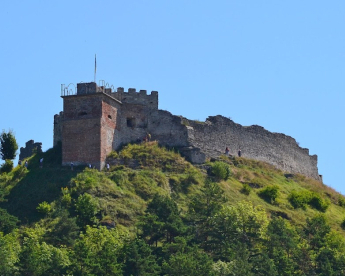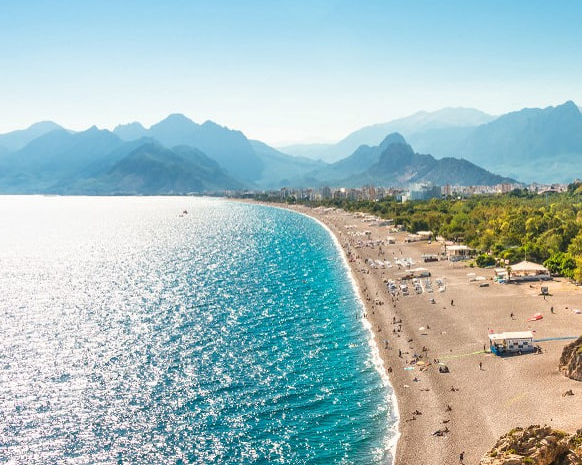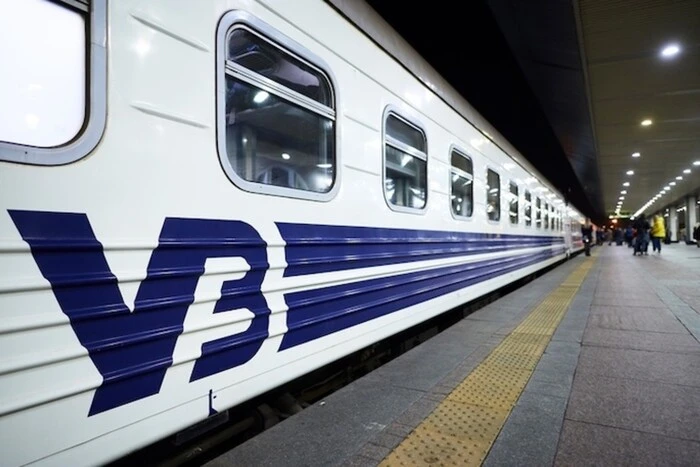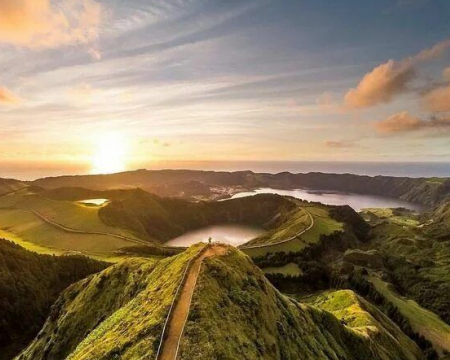Traces of great evil: Caribbean island with a creepy history attracts tourists from all over the world.

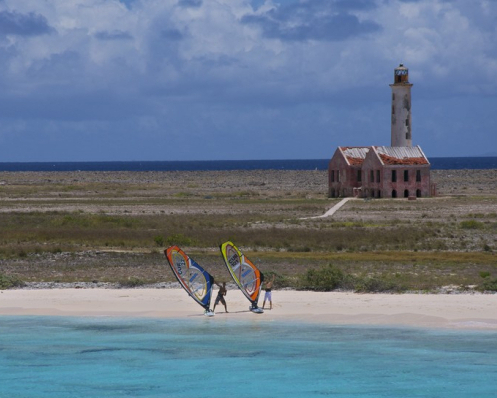
In the Caribbean Sea, there are many beautiful islands, each with its own interesting history. One of these islands is Curaçao.
But few people know that next to Curaçao is its "evil twin" - the island of Klein Curaçao. This island is very small - just over 2 km long and a few hundred meters wide. From afar, it may seem like another tropical paradise with white sandy beaches. But its horrific history becomes apparent as soon as you approach its shore.
Klein Curaçao, like the larger island of Curaçao, belongs to the Netherlands. The island has no permanent population, but tourists often visit here, particularly those interested in history. Some are drawn to the beaches, but others are attracted by the traces of great evil that "decorate" Klein Curaçao.
History of the island
In the 17th century, Klein Curaçao was a quarantine zone for slaves transported by the Dutch West India Company from Africa to America. Slaves who fell ill during the journey were brought to Klein Curaçao until they either recovered or died. In the southern part of the island, old graves can still be seen, reminding of the darkest period in its history.
Around the island, there are also wrecks of broken ships, including a superyacht that crashed here in the 1960s and an oil tanker that ran aground in the 1980s.
Klein Curaçao has almost no vegetation, which was destroyed by goats brought in the 17th century. Since then, the natural greenery has not been able to recover.
Although tourists often make day trips to Klein Curaçao, there are not many leisure facilities, except for fishing huts for fishermen's overnight stays and an old non-functioning lighthouse built many years ago.
However, evil still lingers on Klein Curaçao. The government administration managing the Netherlands' overseas territories warns of the risk of encountering drug traffickers on this island.
The mysterious city of Longyearbyen
The city of Longyearbyen is located in the Svalbard archipelago between Norway and the North Pole. It is the largest populated area and the administrative center of the province of Svalbard in Norway. More than a thousand people live here, who are forbidden to die and to give birth.
In winter, the night can last up to four months due to the geographical location of the city. People live in this region for 155 days without natural light. It is also forbidden to die and give birth on the island. The capital of Svalbard is visited by many tourists every year.
Read also
- Treasures of Queen Bona, Vampires and Ghosts: Which Castle in Ukraine Attracts Like a Magnet
- In Florence, a tourist damaged a 16th-century painting while taking a selfie
- Where is it cheaper to rest in Turkey - analytics from the online travel agency TurPoshuk
- Beaches in mid-season are half-empty: Turkey is rapidly losing popularity among tourists
- Ukrzaliznytsia appoints an additional train for the weekend
- Volcanic lakes and tea plantations: what captivates tourists in the 'European Hawaii'

